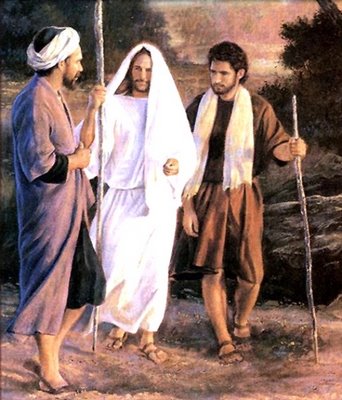The most popular all time post on 2×2’s web site is a short article published last fall after Redeemer’s Ambassadors visited a small congregation in Fort Washington, Pa. We wrote about the pastor ending the service with a brown bag object lesson. An adult member of the congregation presented an object hidden in a brown bag and the pastor gave an impromptu sermonette about the object.
The feature was obviously popular with the congregation, almost all of whom were adults.
That little post gets search engine traffic every day!
We had seen this technique before—used with children who enjoyed the approach for the novelty but were not able to make the cognitive connections required in object lessons. Adults are better at abstract thinking — but we tend to limit the technique to children!
The challenge in developing object lessons for adults is to enhance the “sermon illustration”—the staple of any adult sermon. Objects for adults can be more complicated. But it’s still possible.
Next Sunday’s gospel is the “I am the vine. You are the branches” scripture.
The most obvious object is a vine and branch. Use two vines, one with a flourishing branch and one with a withered branch cut away. Vinca minor (periwinkle) is in bloom right now in Pennsylvania.
What other “adult” images would work? With adults, you don’t have to present the actual object. It helps, but adults can think abstractly. Here are some other “objects” that might illustrate the relationship Jesus describes.
- Computer networks. Most adults know how it feels to be have your email disrupted.
- Spinal chords. Once broken the limbs are paralyzed.
- Family trees. People who don’t know their family backgrounds or feel separated from family devote their lives to finding family connections. Perhaps you know a story to tell from your own experience. There was a story in the news this week about a boy who grew up not knowing his background and then saw his picture on an old milk carton from 30 years ago.
- Have someone call you while you are starting the sermon, so you can pull out your cell phone. Have a short conversation, perhaps feigning embarrassment. Then tell the person that you are in church right now and invite the people to shout out to them. Talk about connectedness. Invite the congregation to pull out their cell phones and connect with someone right then and there. Point out that their presence in the sanctuary, God’s House, is connecting to whomever they may have called and the connection can reach all over the world. Message: Stay connected to the vine, but take the role of being a branch seriously.
There is a great website for children’s sermons — almost all of which include an object. (Redeemer and 2×2 were major contributors to this site before our doors were locked.) Use this site for research and apply the ideas to adult sensibilities. Check out the sermon submission collection in addition to their featured sermon ideas.


